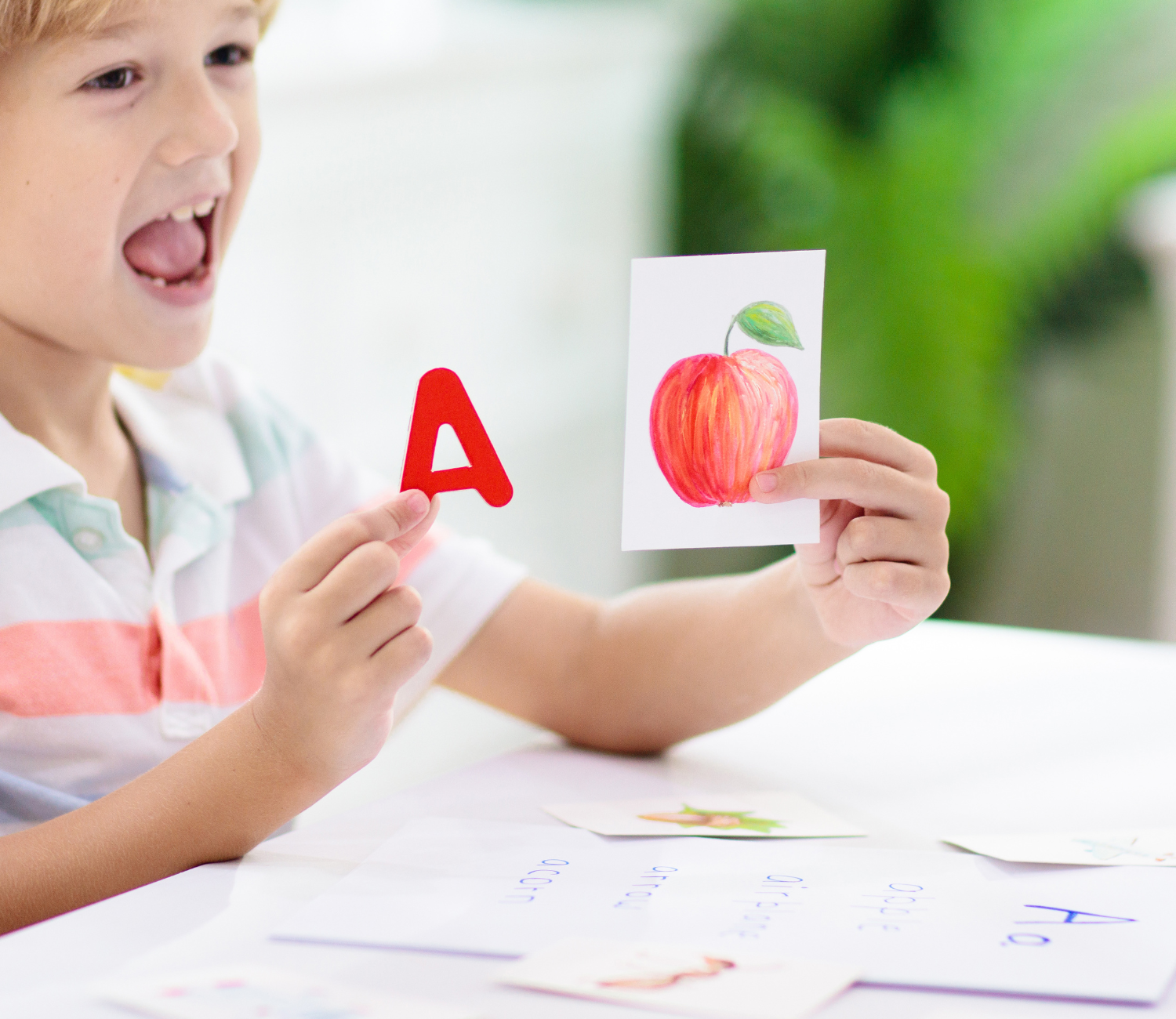

Hello everybody! Hannah started a series explaining Gestalt Language Processing (GLP) vs. Analytic Language Processing (ALP), how to tell if your child is a GLP, and what is stage 1 of GLP. Now I’m taking over to share about GLP stages 2-6. Be sure to check out Hannah’s blog post first if you haven’t already, and feel free to reach out with questions.
First, to review, what is stage 1? Stage 1 consists of “delayed echolalia.” Delayed echolalia, also known as scripting or using gestalts, is the repetition of a message that was previously heard either from a song, movie, or another person. These gestalts are exact repetitions of the original messages. For example saying, “London bridge is falling down” whenever the child pushes something over in play.
What is Stage 2 of Gestalt Language Processing?
A child is ready to progress to stage 2 of GLP when he/she has a variety of gestalts that are easy to mitigate. Mitigating gestalts involves taking part of one gestalt and combining it with another gestalt. It is important for children to have gestalts for a variety of purposes, such as shared joy, help, transitions, comments, protesting self-advocacy and surprise. If a child does not have a variety of gestalts he/she can become stuck, or his/her ability to communicate is limited. An example of stage 2 could be combining two gestalts “want more” and “london bridge is falling down” to “want falling down.” Another example would be combining stage 1 gestalts “let’s go home now” and “wanna eat cookies” to “let’s go eat cookies.”
If my child is communicating in Stage 2 how can I best support him/her?
Stay tuned for stage 3 coming up soon! In the meantime do not hesitate to reach out if you have any questions!
-Melissa-